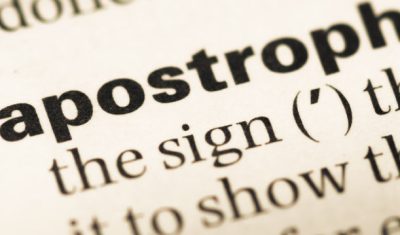
Lets get into the complexities of apostrophes when dealing with singular and plural nouns.

The guidebooks’ prohibition on colorful language is really just a plea for clarity. Used sparingly,…
Get a free sample of ProofreadingPal’s work.
Two professional proofreaders will proofread and edit your document.
Try it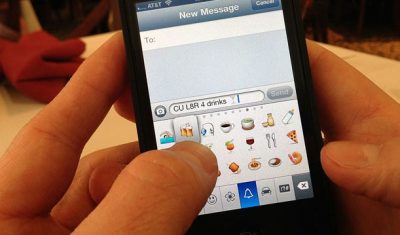
This time, let’s deal with the fact that emojis are still not OK in professional…

In research writing, the difference between hypothetical and factual statements is critical; your choice of…
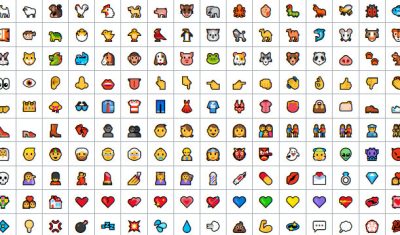
Even though the older generations love to dump on them and elites love to complain…

In today’s post I’ll discuss some AP basics and differences from other style guides you’ll…

Rhyme can be understated, and it comes in more flavors than you might think. Repeated…

Adding in a second (or third or eighth) subject or object or modifier doesn’t change…

The glorious and intimidating thing about the English language is its bounty of options. Whatever…
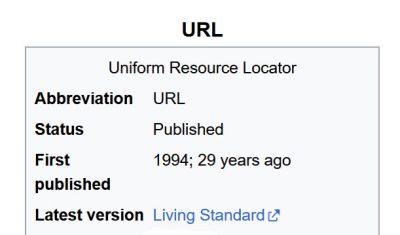
In today’s post, I’ll provide examples of reference listings including DOIs and URLs in APA,…

This time in our plagiarism avoidance master class, we’ll discuss some even murkier areas dealing…
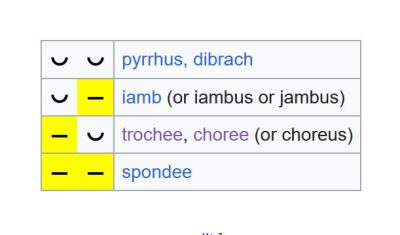
Poetry is simply a way of thinking about language, a theory that words can be…

As a living language, English is in a constant state of flux. This is quite…
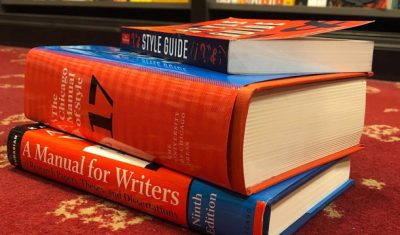
Periodicals often have their own in-house style guides laying out exceptions. Such house rules can…

We live our lives behind one set of eyes, but we can tell a lot…
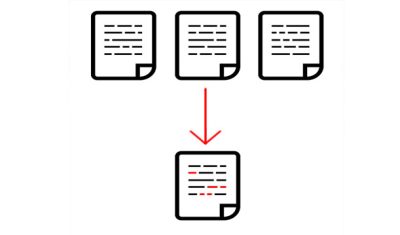
But because we take inspiration from everything around us—from nature, from conversations, from street signs,…

You may never have heard the term subjunctive case before, or don’t remember it from…

You can write a passage of ornate prose, passive voice willy-nilly, telling without showing, and…

In this blog, we’ll dig deeper into matters of formatting in Christian publishing, paying particular…

People seem to think it’s snooty to say, “Donna and I,” but when they grow…
Get a free sample proofread and edit for your document.
Two professional proofreaders will proofread and edit your document.
We will get your free sample back in three to six hours!